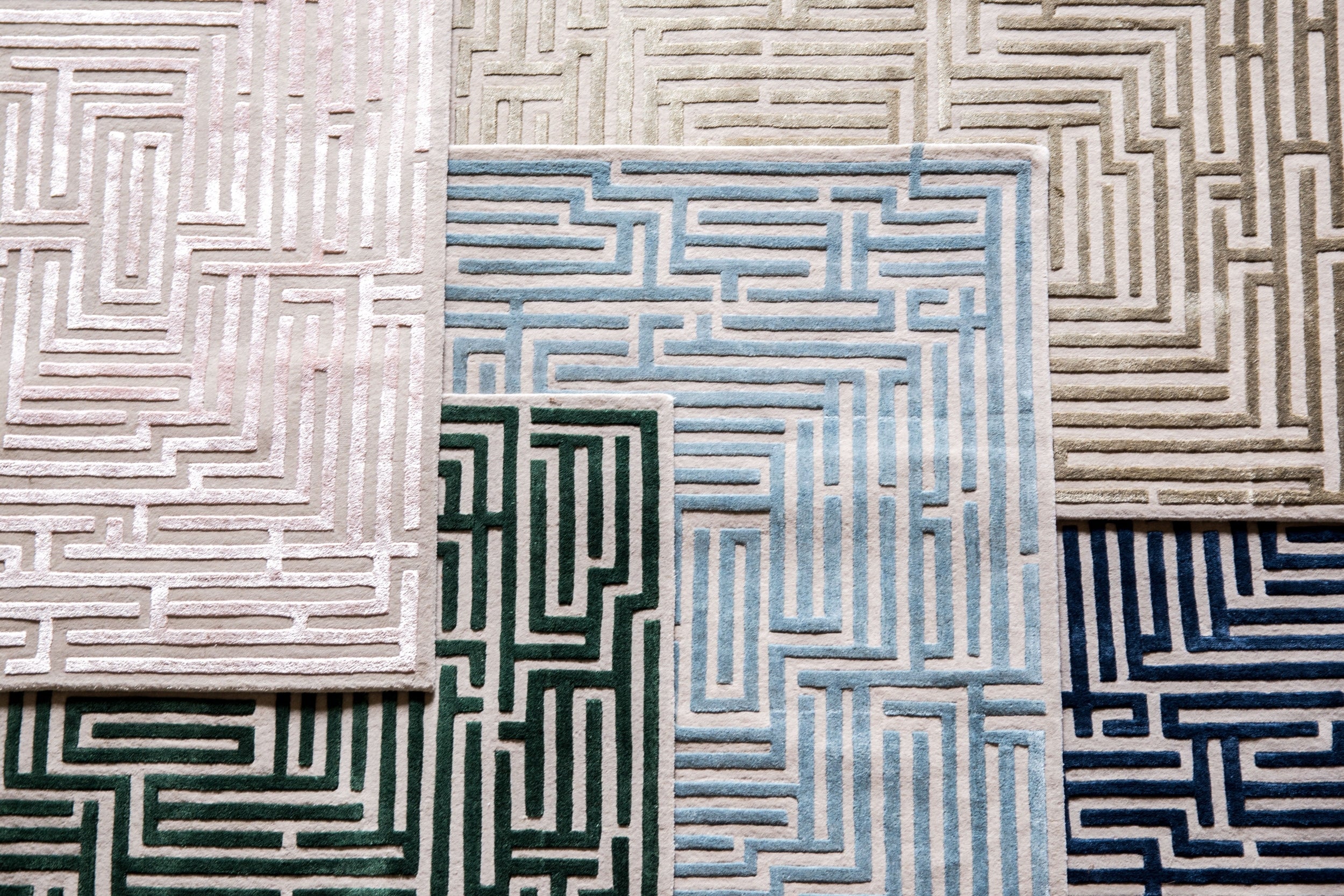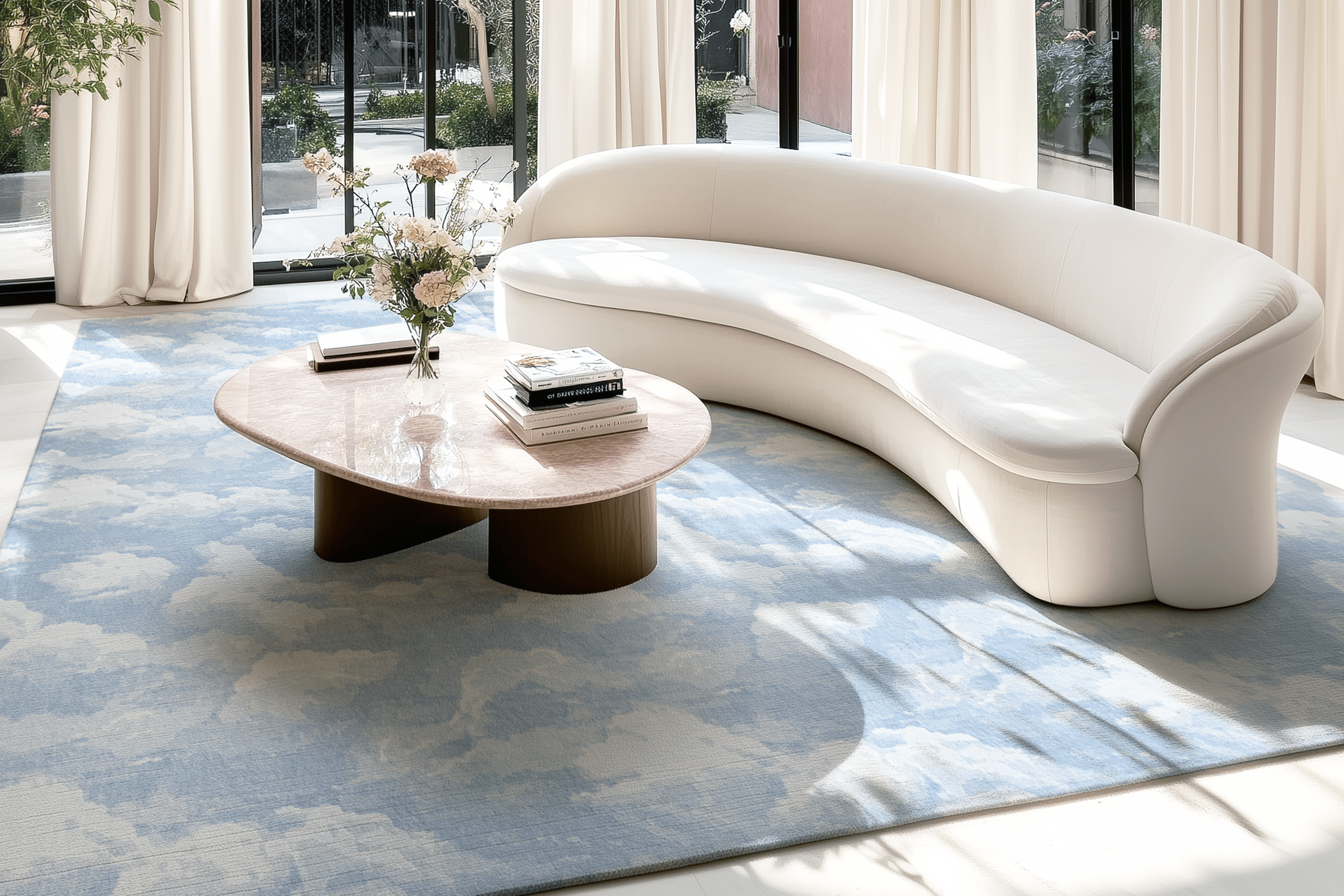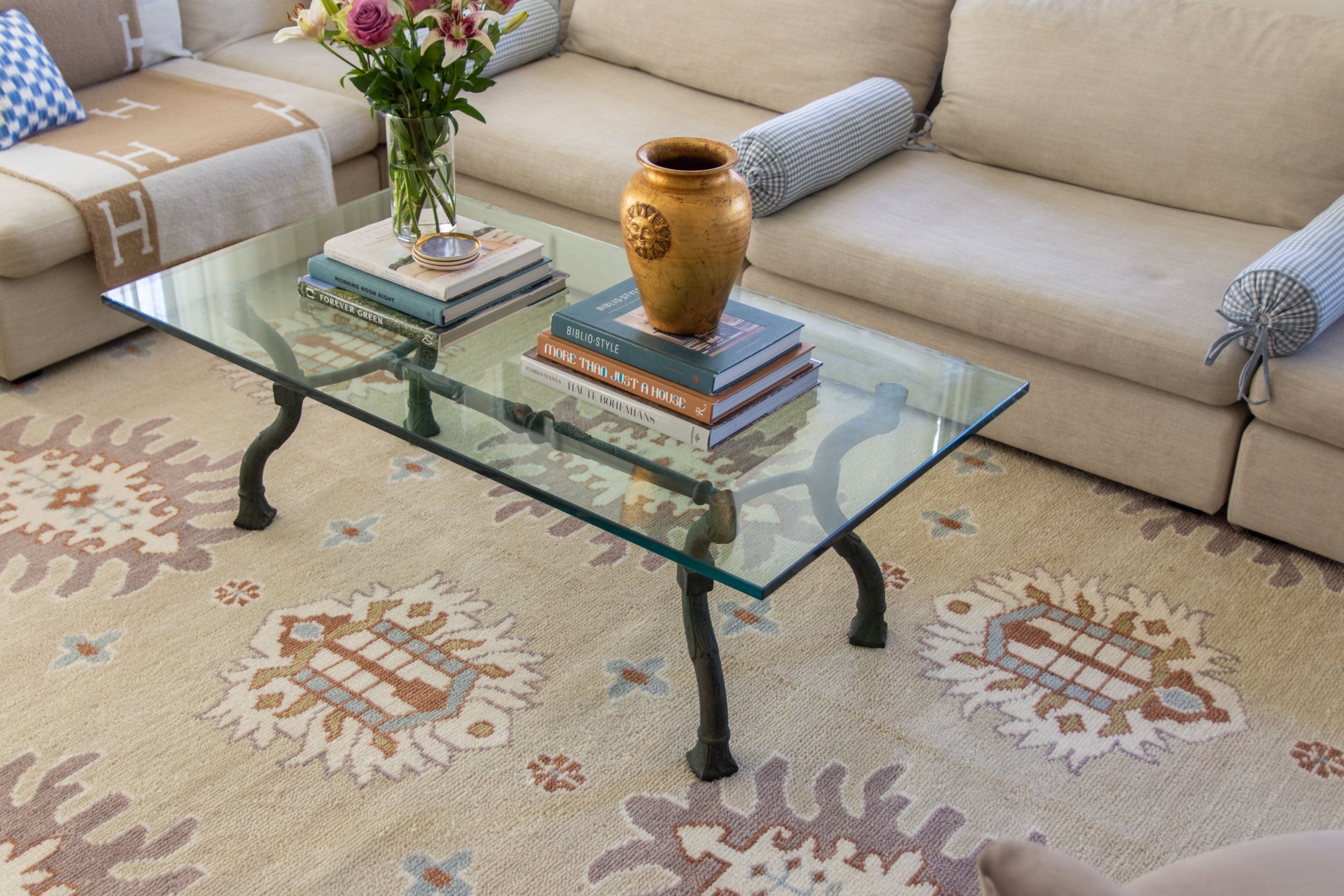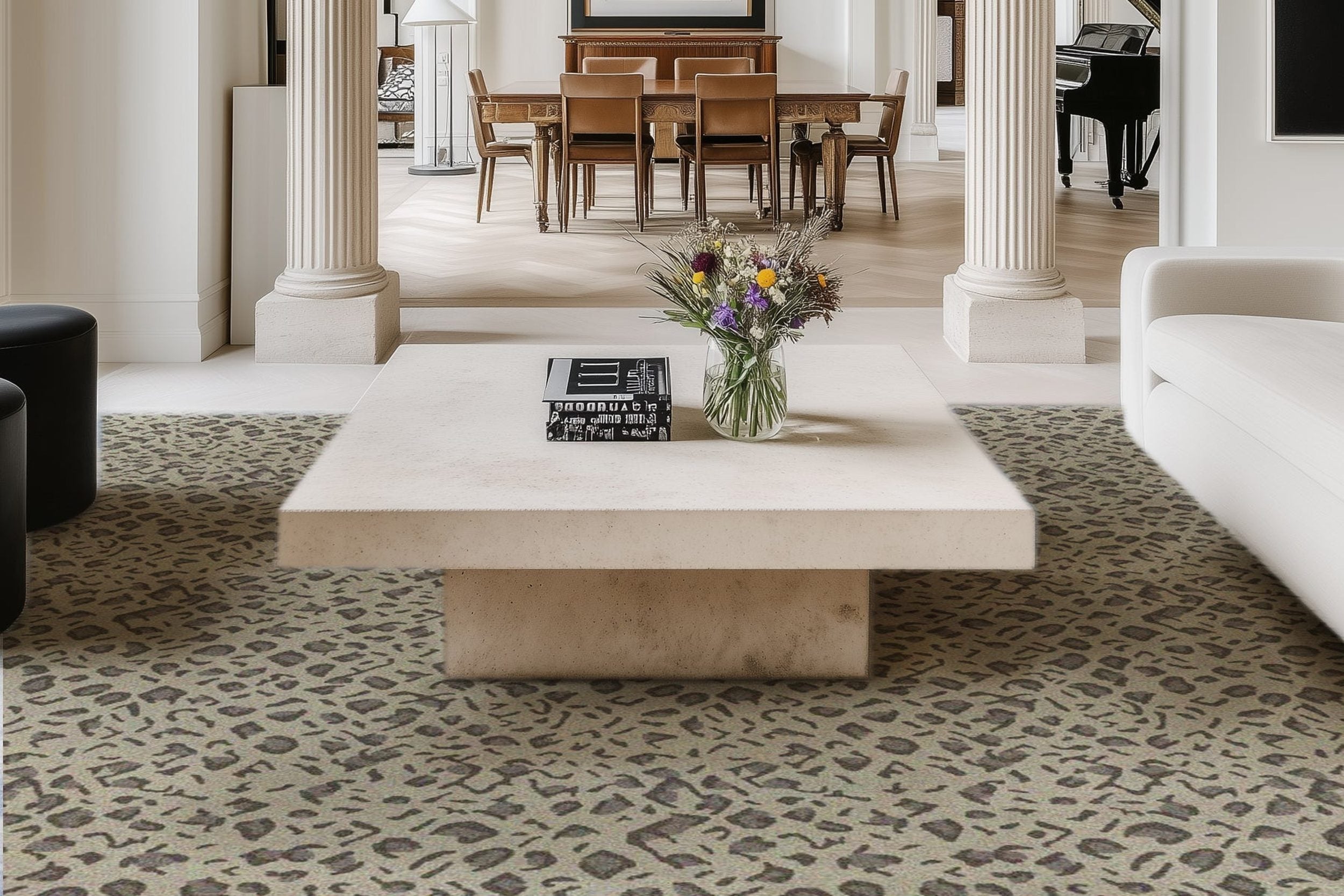The Guide to Building a Standout Interior Design Portfolio to Land an Apprenticeship
 This guide teaches you how to put together an interior design portfolio from scratch when you have no experience. It focuses on practical ways to highlight your ideas, style, and potential so you can secure an apprenticeship.
This guide teaches you how to put together an interior design portfolio from scratch when you have no experience. It focuses on practical ways to highlight your ideas, style, and potential so you can secure an apprenticeship.
Do you want to start a career in interior design but feel stuck because you have no experience? Many firms care more about what you can show than what you can write on a resume. In fact, the National Association of Colleges and Employers says that 80% of employers prefer samples of work over resumes. That is why a portfolio is so important. It shows your creativity, problem-solving, and design skills.
A resume only lists skills, but a portfolio proves them in action. If you want an interior design apprenticeship, your portfolio proves you can take an idea and turn it into a finished design. It captures your process from the first concept to the finished design by showing both creativity and problem-solving.
With input from John W., research analyst at The Academic Papers UK, a top-rated dissertation writing service, this article explains why interior design portfolios are important now than ever and shows you how to build one from scratch.
Important Notes:
Here are the key notes of the article you need to know:
- Start your interior design portfolio with basic mood boards, sketches, or digital renderings to display originality.
- Add passion projects, room makeovers, or volunteer design work to your interior design portfolio samples.
- Emphasize soft skills in your portfolio, such as communication, organization, and teamwork.
- Learn and showcase basic design software like SketchUp or AutoCAD.
- Show your interior design portfolio in a clean, professional, and attractive way.
Interior Design Apprenticeship - Resume Vs. Portfolio
A resume lists facts, but a portfolio demonstrates action. Interior design apprentices often have little to no experience and weak resumes. The portfolio, featuring some images, case studies, and personal work, serves as the bridge.
It helps employers to see your thought process and how you approach problems. The interior design apprenticeship program is based on curiosity and driving behavior. The best part about this is that it is not just a collection; it is a documentation of your learning journey.
1: Show, Don’t Tell
A resume says you have design talent, but an interior design portfolio proves it. With sketches, mood boards, and finished spaces, you show how your ideas grow and take shape. It highlights your skills in action and turns creativity into something real.
This proof is more convincing than lists of bullet points. Portfolios also showcase your creativity. They capture the details that a resume cannot express. Interior design apprentices often compete without long job histories. Showing becomes the most powerful strategy.
2: A Glimpse into Your Mind
Employers want to understand how you think. An interior design portfolio gives them a glimpse. When demonstrating your process, you highlight the research, planning, and decision-making involved. You show how one idea develops into a completed project.
For an interior design apprenticeship, this is priceless. It shows that you're not just following trends, but also contributing to the design of the conversation. This realization distinguishes you from all other entry-level apprentices.
6 Proven Tips to Build Your Interior Design Portfolio from Scratch
Starting from zero can be terrifying, but every interior designer has to start somewhere. By taking the right steps, you may create a portfolio that genuinely stands out. Here are some important tips that help you build a standout interior design portfolio to land an apprenticeship:
1. Master Personal and Hypothetical Projects
If you don't have a professional job, work from home. Redesign your room or a friend's space. Make simple notes to defend your decisions. Include these as portfolio entries. Another option is to work with client-provided idea materials. Consider the client who prefers a trendy workplace or a friendly café. You must demonstrate that you are capable of following instructions.
Even if the client isn't real, the work shows skills. The UK Design Council notes that employing innovative activities and fake projects allows students to become experts. These announcements are an opportunity to highlight your problem-solving journey. They also help you build your interior design portfolio while you apply for interior design apprenticeships.
2. Use Digital Tools (Free to Pro)
Start with free digital tools. Canva allows you to build mood boards and presentations. SketchUp Free helps you sculpt scaled-down and change your layouts. You hone your original skills with these tools. Then, once you are comfortable, you can upgrade to professional software.
Revit is particularly useful for creating architectural drawings. Blender is, of course, providing amazing, realistic looks, such as V-Ray. Employers pay attention when employees take the effort to use industry tools.
Begin with simple software and progress over time. Start with simple software and iterate over time. Autodesk Education found that students with exposure to advancing digital technologies might develop improved problem-solving skills.
Using both free and advanced tools proves you can adapt. It's also an effective strategy to diversify your portfolio. Every tool you learn is a commitment, demonstrating your dedication and creativity.
3: Enhance Your Professionalism with a Premium Portfolio Experience
Think of your interior design portfolio as a personal brand. It also demands professionalism and completeness. Having the right photo is crucial, but so is having the right frame. Add a regular résumé and a short cover letter to support your portfolio.
This dual combination ends up building trust with recruiters. Professional resume writing services can help you in creating ATS-friendly resumes that pass computerized scanning. When you pay attention to detail, employers notice.
According to Novoresume, 75% of candidates would reject due to poorly formatted submissions. Your portfolio demonstrates design abilities. Your CV and cover letter show organisation and professionalism. Together, they make you stand out. That combination gives you an advantage in terms of landing apprenticeship job interviews. Furthermore, it indicates commitment to quality, which every employer will value in work-based interior design training.
4. Seek Out Small-Scale “Live” Projects
Real-world projects that you may showcase in your interior design mentorship program portfolio. First, try volunteering in your local area. Community centers, non-profits, and small cafes need design support. These projects give you professional credit. You also learn to interact with clients in the real world.
Another option is freelancing. Small tasks are advertised on platforms such as Upwork and local job boards. Even a modest paid project adds strength to your experience. Employers want proof that you can handle real clients. However, taking these jobs builds trust.
5: Network and Get Feedback
While working on your portfolio, make relationships. LinkedIn is the easiest platform to get started. Connect with interior design specialists. Discover unique designers and cool studios. Meet people in interior design-related groups on Reddit or Facebook. Share your work, seek feedback, and take suggestions. Implement feedback in your projects. Every encounter will help your progress. People will remember you in the design community.
Employers value employees who stay engaged in their careers. According to LinkedIn data, 85% of jobs are filled through networking. It would be beneficial for you to remain active, not just to secure a job sooner. It will also introduce you to fresh trends and fascinating concepts. Thus, networking will help you develop. It will be a useful tool for identifying interior design apprenticeship opportunities.
6: Keep It Concise and Curated
An interior design portfolio should stay sharp and focused. The emphasis should be on quality rather than quantity. 3-5 excellent initiatives are impressive. Do not try to fill out your portfolio with weaker work. They are seeking talent and innovation in all projects. Customize your interior design portfolio for each job. A contemporary design firm may prefer projects that are clean and simple. An ecological product company may focus on environmental design. This strategy displays that you understand your audience.
Employers prefer to see clear, edited work. According to an Adobe survey, creative directors prefer shorter portfolios that include detailed project documentation. A properly organized interior design portfolio showcases your best work. It is also a focused and professional communicator. This is perhaps the best trick you can ever use to get noticed more in a paid interior design position.
Interest in interior design apprenticeships is growing as students look for ways to gain real-world skills. The problem is that academic work, especially dissertation writing, makes it hard to balance both paths. AI-free dissertation writing services in the UK can ease this pressure. With the help of PhD writers, you will have a quality researched dissertation and guidance, saving you time to focus on your interior design apprenticeship.
Final Words:
A resume also cannot display creativity in interior design apprenticeships. An interior design portfolio represents skills, creativity and solutions. It provides employers with a glimpse of your process. It signifies initiative, ambition, and progression. Even if you have no prior experience, you can still develop a portfolio. Start with personal projects.
Use free tools. Include live projects and create a polished presentation. Create a strong website. Tell your story and seek feedback through your networks. Make sure your work is concise and tailored. By following these steps, you create more than just a portfolio. You create a professional portfolio that is stronger than any resume.
FAQs
How Do I Get An Interior Design Apprenticeship With No Experience?
If you have no experience and secure a part-time interior design apprenticeship, it may be due to your ideas and passion as well. Create a compact portfolio. Make a small compilation on paper, mood boards, sketches, or graphics software. Find local initiatives that you can volunteer at to get samples of your work.
Emphasize transferable abilities like communication, teamwork, and organization. Look at companies that accept novices and emphasize how capable you are at learning. "After witnessing your work, many people say, 'How are you?' There is a possibility, and I believe it makes sense to connect through design events or online social platforms.
Are Interior Design Apprenticeships Paid or Unpaid?
A sustainable interior design apprenticeship can be paid or unpaid, depending on the firm and area. Many companies provide paid chances, especially larger or more established studios. There are also unpaid employment opportunities available at smaller agencies and boutique firms, which offer good training and mentoring in exchange.
These are paid apprenticeships, which are more commonly found in structured programs or government-funded schemes. Confirm payment information by accepting or declining the application below. Also, make sure you have enough free time to schedule a call with the hiring manager.
What Skills Do You Learn in An Interior Design Apprenticeship?
Interior design apprenticeships provide the ideal blend of technical and artistic abilities. You will learn space planning, color theory, and material selection. You learn to master design software like AutoCAD, SketchUp, or Revit.
They also gain experience managing projects, communicating with clients, and budgeting. In real life, projects are to show creativity. You learn the art of being an analyst, which develops critical thinking in you and will also provide you with industrial expertise. These are the skills that make you an interior design expert.
How Long Does It Take to Complete an Interior Design Apprenticeship?
The duration of a residential interior design apprenticeship will depend on the school and position. While some degree programs or other apprenticeships are six months long, some programs will last from one to two years.
The length of the program is generally proportional to the level of training and certification offered. Short-term apprenticeships focus on the fundamentals, but longer programs provide extensive professional experience. Timeframes vary, so verify specifics ahead of time if you want to apply to a program.
Can You Do an Interior Design Apprenticeship Online?
Some virtual apprenticeship programs and remote organizations do offer online interior design apprenticeships. Digital apprenticeships are offered by organizations to help you complete a work project around a design project from your home.
Video chats, emails, and collaborative tools are the cornerstones of communication, even in an age when many organizations no longer give on-site, hands-on training. Online apprenticeships provide valuable exposure, freedom, and skill development in today's digital design environment.
What Qualifications Do You Need for an Interior Design Apprenticeship?
An apprentice does not need a high-level education, although the job generally requires a high school diploma. The most important aspects will be creativity, attention to detail, and creative design. However, there would be some basic skills, such as using a computer and design tools, that would be helpful.
Certain practices may look favourably upon applicants who have completed interior design apprenticeship courses related to art, architecture, or design. Among jobs, passion, willingness to learn, and a little sample work often score higher than formal exposure.
Which Companies Offer the Best Interior Design Apprenticeships?
Interior design internships are with some of the biggest names in the design world, including architectural firms and luxury design studios.
For instance, firms like Gensler, HOK, and Perkins&Will generally run apprenticeship tracks that are much more structured and come with greater mentorship and experience on real projects. Depending on what your firm needs, whether global exposure or stronger support, the best choice would be different.
Browse by Category

Design Projects
Explore interiors from client work and personal renovations — layered, livable, and always in progress.
read more →
Collaborations
From product launches to styled spaces, discover the brand stories I’ve helped bring to life.
read more →
The Notebook
A growing archive of iconic designers, inspiring artists, and unforgettable design moments.
read more →
Travel by Design
Wander with a designer’s eye — from charming hotels and city guides to visual inspiration abroad.
read more →




